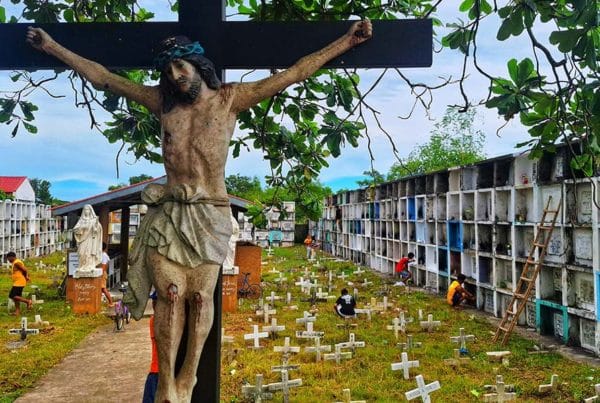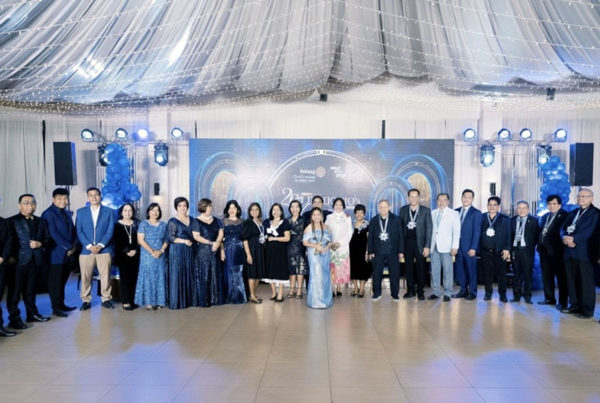Dagupan, Baguio exchange training experiences
The technical working group (TWG) of project PROMISE in Dagupan has studied the disaster preparedness mechanism in Baguio City to further strengthen its own capacity during a workshop and educational tour held April 10 to 11.
Baguio City Acting Mayor Reinaldo Bautista, Jr. gave an overview of the operations of the city’s Disaster Coordinating Council (CDCC) operations. Baguio City has established its own Disaster Operation Center (DOC) that operates 24 hours everyday.
Baguio and Dagupan were two of the most badly hit cities during the 1990 earthquake that hit Luzon.
“Some of our disaster preparedness equipment were donated by the U.S. government and USAID, but most came from local sources,” Bautista said.
Bautista emphasized that the Baguio City government also maintains strong networking relationship with various line agencies.
The DOC of Baguio has five telephone lines and one two-way radio for communication and it also has its EMS (emergency medical services) system that is an integral part of the over-all health care system of the city.
EMS is composed of quick responders who render first aid and medical services to accident victims.
City agriculturist and PROMISE-Dagupan focal person Emma Molina and project manager Mayfourth Luneta also shared the city’s own experiences in the implementation of project PROMISE.
Molina focused her discussion on the community-based disaster risk mitigation training in the eight pilot barangays in Dagupan where the participants assessed their capacities and vulnerabilities during a disaster.
The Dagupan delegates also visited Baguio’s 911 office the Philippine Military Academy (PMA), one of the major institutions rendering pivotal services during search and rescue operations.
The members of the TWG also finalized the early warning and evacuation plan of Dagupan City in preparation for the upcoming staging of a city-wide flood drill in May this year in line with the implementation of project PROMISE (Program for Hydro-Meteorological Disaster Mitigation in Secondary Cities in Asia), which is funded by the USAID.








